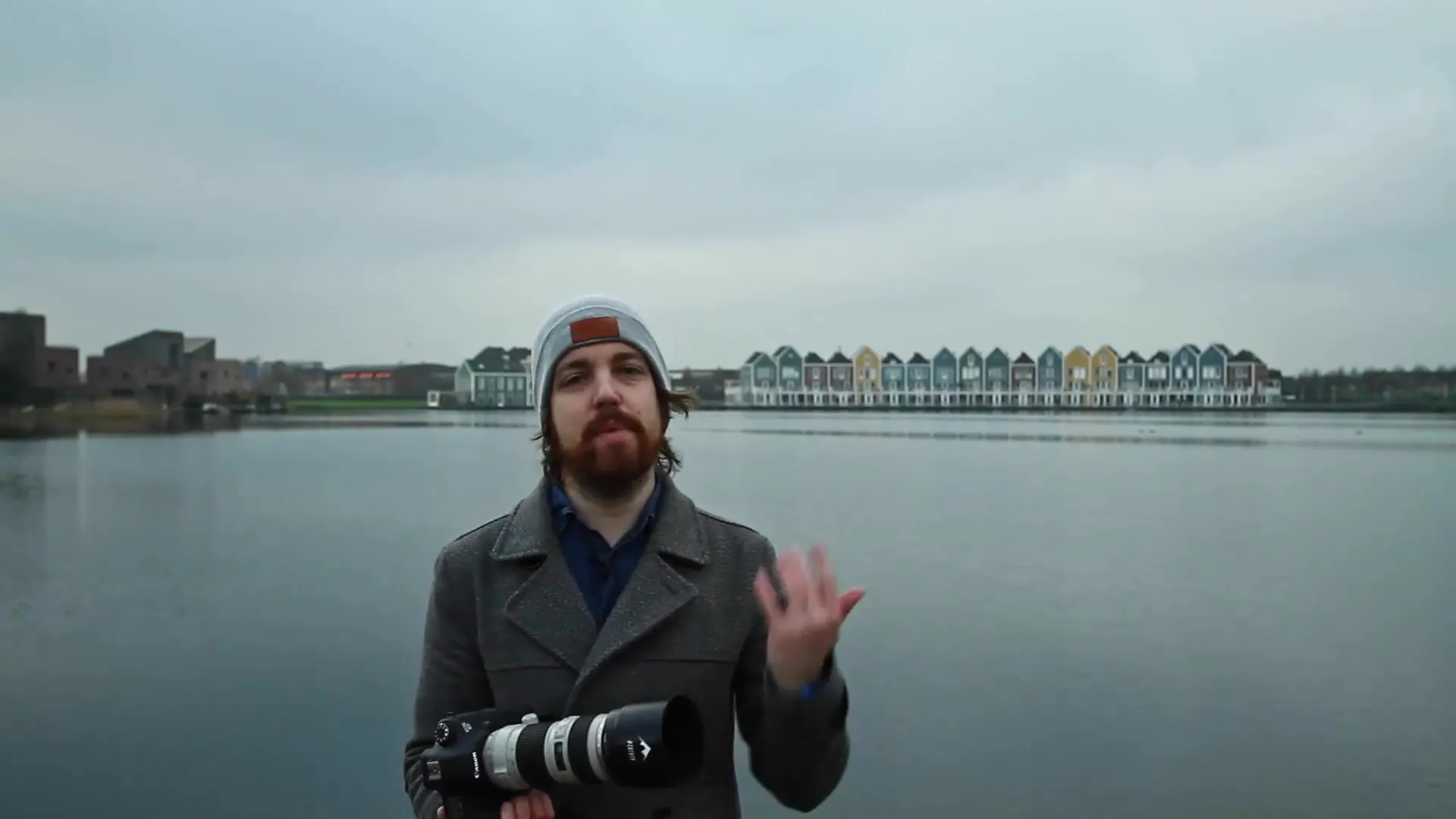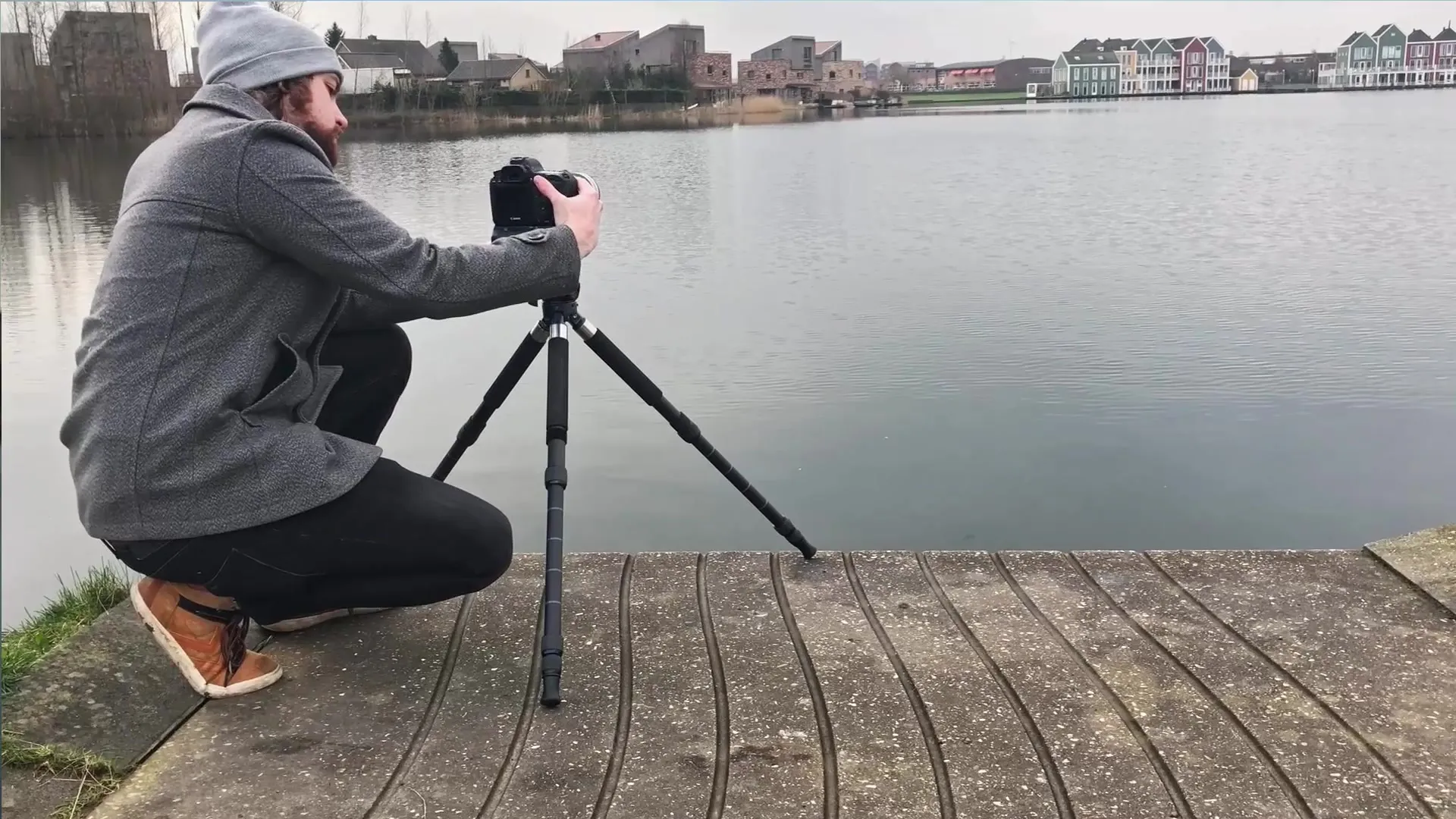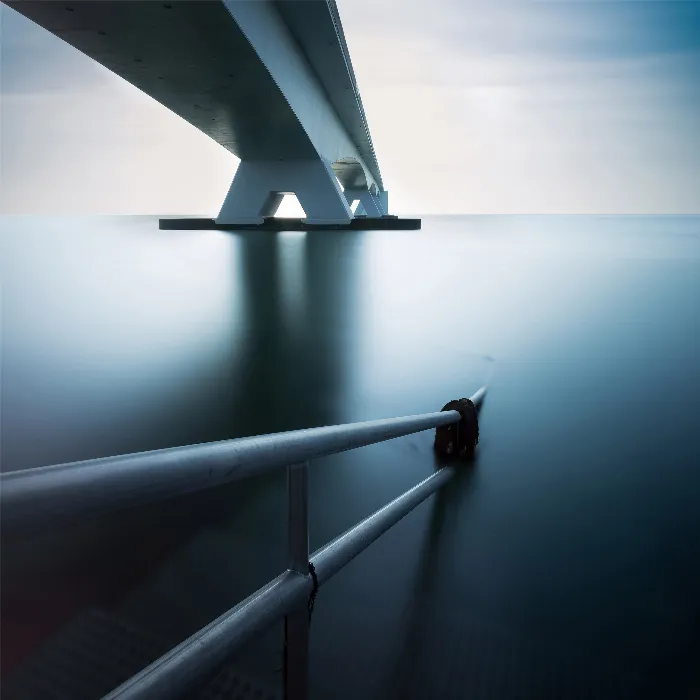The choice of the right lens plays a central role for long exposure, even if it often seems that any lens could be suitable. What is crucial is that the lens meets the requirements of your subject and gives you the opportunity to capture it as you envision. In this guide, I will explain what to consider when choosing a lens for long exposures and how to optimally prepare your equipment.
Key insights
- The lens is initially insignificant; however, it is crucial for capturing your subject according to your vision.
- Check if your lens has a filter thread to create effective long exposures.
- Use a tripod mount on the lens to increase stability while shooting.
Step-by-Step Guide
1. Choosing the Lens
First, you should think about which lens you want to choose. For example, since I work with a telephoto lens here, a 70-200 mm, it is optimal for my subject since I am far away. The chosen lens should give you the flexibility to capture your subject optimally. Whether you are using a wide-angle, standard, or telephoto lens ultimately depends on your creative vision. What is important is that you find the right lens for your situation.

2. Checking Filter Options
Another important point is the ability to use filters. For long exposures, you may need ND filters to prolong the exposure time and create motion effects. One point I had to consider was the filter thread of my 70-200 mm lens, which is 67 mm. This means that I need to use an adapter ring to securely attach my filters to the lens. This should already be part of your planning in advance.
3. Considering the Lens Hood
One occasional problem when applying filters to your lens is the loss of the ability to use the lens hood, as the filters and adapters may not be compatible with each other. However, it is not the end of the world if you cannot use the lens hood. Much more important is that you can attach the filters correctly to achieve the desired long exposure effects.
4. Stability While Shooting
When you are ready to shoot with your camera, it is advisable to mount the lens on a tripod rather than placing the camera directly on it. Many lenses, like my 70-200 mm, have a special tripod mount that should be used to improve balance. This not only provides a more stable base but also prevents camera shake that could lead to blurry images at long exposure times.

5. Making Initial Settings
Now it's time to set the camera on the tripod and make the initial settings. Check your settings regarding ISO, aperture, and exposure time before you start attaching the filters. This allows you to have a clear overview of what your final image should look like and how the filters affect the lighting conditions.
Summary - Long Exposures from A to Z: Choosing the Lens for Impressive Results
The choice of the right lens and the correct attachment of filters are crucial steps for successful long exposures. You should ensure that your lens meets the necessary technical requirements, such as a suitable filter thread and the ability to be stabilized on a tripod. By incorporating these considerations into your planning, you can achieve fascinating results.
Frequently Asked Questions
What is important when choosing a lens for long exposures?It is important that the lens matches your subject and allows you to attach filters.
Can I use any lens for long exposures?Yes, there are no strict requirements, but the options for attaching filters are crucial.
How do filters affect my long exposures?Filters, such as ND filters, prolong the exposure time and enable motion effects in the image.
Why is a tripod important?A tripod provides stability and prevents shake, which can be problematic during long exposure times.
Do I need a lens hood for long exposures?Using a lens hood is not absolutely necessary as long as the filters are correctly mounted.


